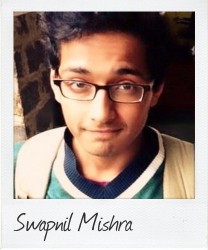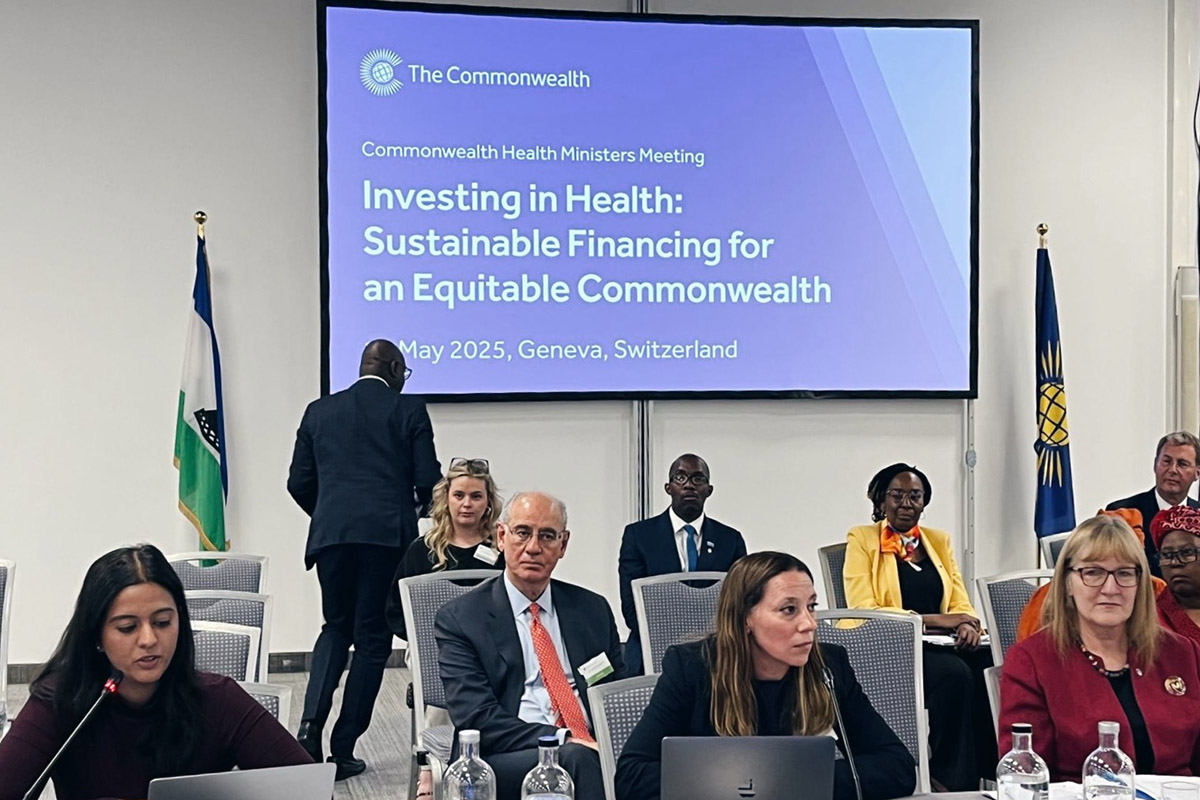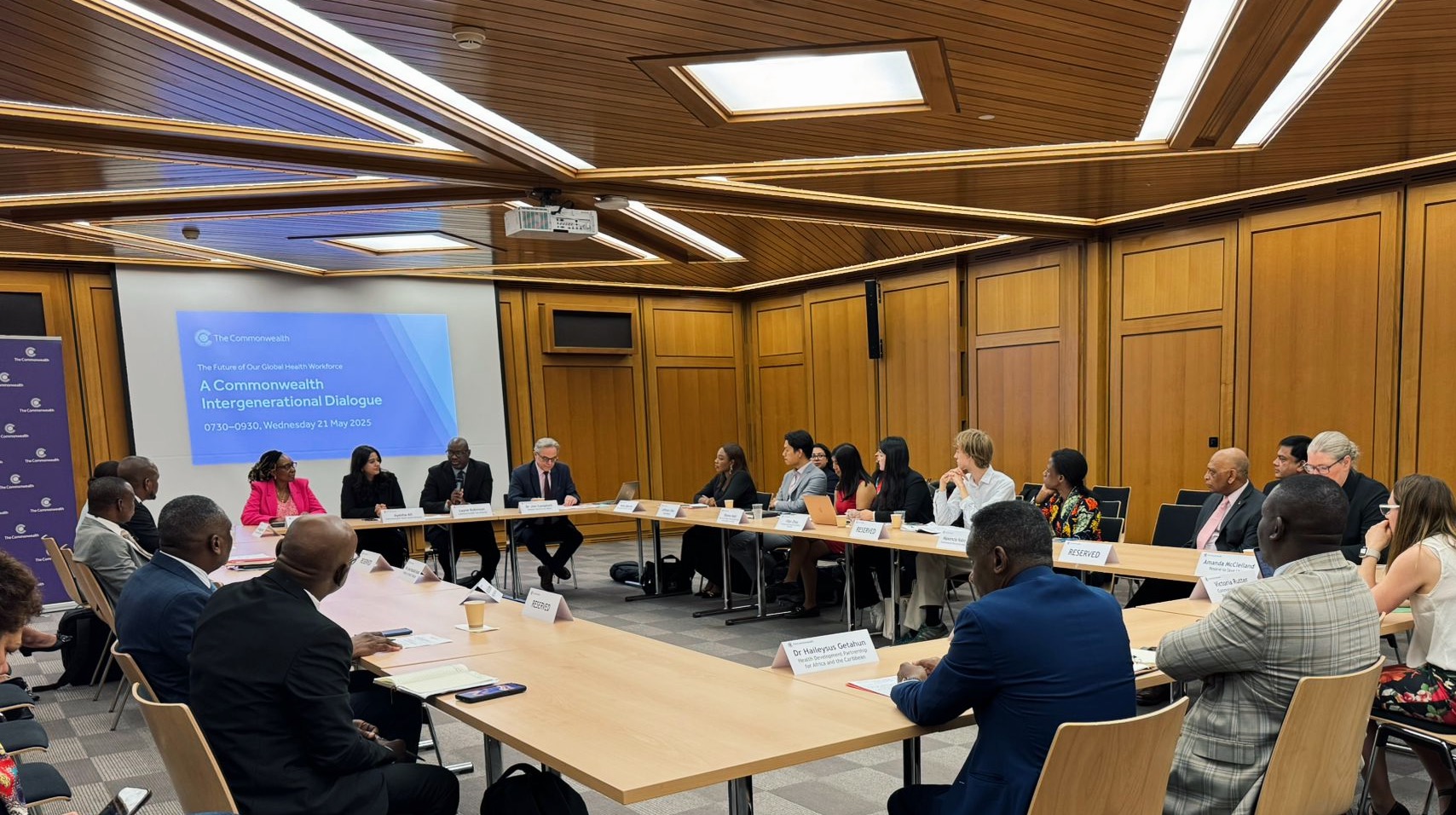“International finance has flawed model”
September 13 Loans from international financial institutions can come at a heavy cost for developing countries, writes Swapnil Mishra, 21, a Commonwealth Correspondent from India currently studying in the U.S. He examines the impact of some of the conditions that can come with joining the world economy.
Loans from international financial institutions can come at a heavy cost for developing countries, writes Swapnil Mishra, 21, a Commonwealth Correspondent from India currently studying in the U.S. He examines the impact of some of the conditions that can come with joining the world economy.
To date, the International Monetary Fund and the World Bank have been able to integrate a large number of countries, regardless of their economic condition, into the world economy.
However, both the International Monetary Fund and the World Bank have received a lot of criticism for fundamentally flawed development models. Therefore, they have refocussed to emphasise on good governance and the need for sound political and legal institutions as a requisite for effective economic policies.
The International Monetary Fund has come under severe criticism for using a different path for developing countries to receive support and grow than that which was historically followed by developed countries. The IMF creates policies for developing countries to prioritise export production over developing diversified domestic economies.
For example, farmers in developing countries have been forced to produce and export crops for developed countries, instead of looking toward food production for local consumption. The immense focus on export growth in developing countries in order to pay back loans often leads to an outright depletion of natural resources in the country. For example, in Ivory Coast an estimated two-thirds of its forests have deracinated due to an increased reliance on cocoa exports to developed countries.
The influence of international financial institutions over the world economy is part coercive and part persuasive. They can lend money, catalyze other means of lending, or stop lending fully. At the same time, they can define, impose, and monitor tough conditional provisions on those who borrow. In return, they have immense bargaining power, which restricts developing countries from opportunity to grow economically on their own terms.
The lending conditions are designed not only to guarantee the repayment of loans, but also to ensure the money borrowed will be spent in line with the stated economic objectives.
In order to guarantee the repayment of loans, IMF and World Bank’s structural adjustment policies (SAP) can require countries to cut spending on healthcare and education, privatise national assets and eliminate basic food and transportation subsidies.
The IMF and World Bank also give disproportionate power to wealthy economies such as the U.S. and EU, as they donate the most to these international financial institutions. This means interests of investors and corporations from wealthier countries are prioritised above the needs of the world’s majority.
If the IMF and World Bank continue to act upon these policies that, in large part, support the self-interest of the wealthy, the chain of poverty in the world will perpetuate. Governments in developing countries will always be under constant pressure to pay heavy loans back, which they intended to borrow for domestic economic development in the first place.
photo credit: Piyushgiri Revagar Looking through money! (IMG_5362) via photopin (license)
…………………………………………………………………………………………………………………
About me: My name is Swapnil Mishra and I am an undergraduate student pursuing a major in Economics with minors in Business (Environmental Management) & International Relations at Knox College, Illinois, U.S.
My ambition is to work in the field of International Development and my interests are cricket and travelling.
…………………………………………………………………………………………………………………
Opinions expressed in this article are those of the author and do not necessarily represent the views of the Commonwealth Youth Programme. Articles are published in a spirit of dialogue, respect and understanding. If you disagree, why not submit a response?
To learn more about becoming a Commonwealth Correspondent please visit: http://www.yourcommonwealth.org/submit-articles/
…………………………………………………………………………………………………………………




